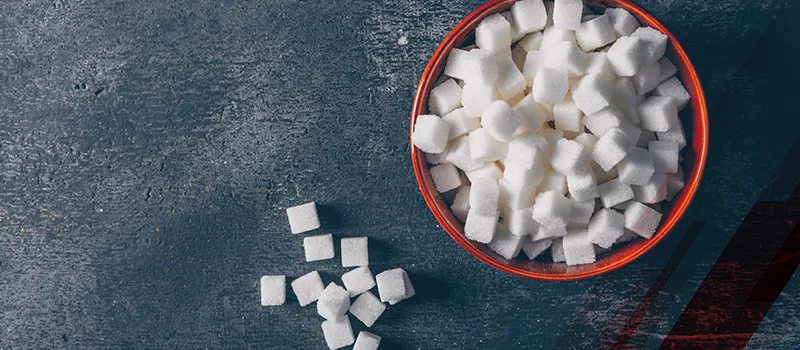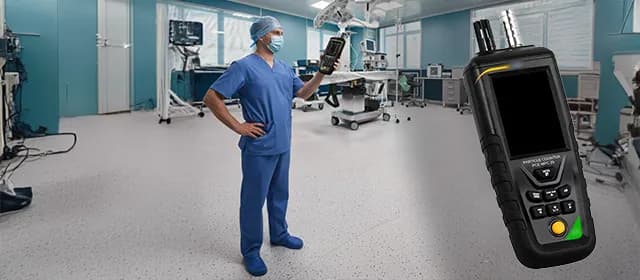In a world where advancements in the pharmaceutical area are constantly pushing the boundaries of drug delivery, one tiny powerhouse stands out among the rest – the sugar spheres. With its spherical shape and remarkable properties, this natural ingredient has revolutionized medication formulation and administration. From enhancing flowability to enabling precise drug release, these sweet, sugary spheres have become the unsung heroes of the pharmaceutical industry.
So, let’s delve into the sweet world of tiny spheres, discovering how they are shaping the future of medicine.
What are Sugar Spheres?
Sugar spheres are small, spherical pellets composed primarily of sucrose and starch. They serve as versatile excipients, or inactive ingredients, in the formulation of various pharmaceutical dosage forms. The spheres of sugar are also called sugar beads, sugar pallets, nonpareil seeds, neutral pellets, or microgranules.
Sugar beads play a crucial role in pharmaceutical formulations, improving drug delivery, dosage form performance, and patient experience. The manufacturing process of these spheres involves layering sugar and starch to achieve the desired properties.
These sugar beads offer various advantages, such as low friability, consistent sphericity, and tight particle size control, which make them ideal for drug-loading applications. Since sugar pallets are water-soluble, they are suitable for oral administration.
According to the report published by Kings Research, the global sugar spheres market is expected to be worth $278.2 million by 2030, growing at a CAGR (compound annual growth rate) of 7.0%.
What are the Key Benefits of Sugar Spheres?
Sugar beads offer several benefits in the pharmaceutical industry. Here are some of their major advantages:
- Flowability: Sugar beads' spherical shape provides excellent flowability, making them easy to blend with active pharmaceutical ingredients.
- Low Friability: Sugar beads are known for their low friability, ensuring they can withstand rigorous manufacturing processes without easily breaking apart.
- Multiparticulate Drug Delivery: They serve as an initial substrate for multiparticulate drug delivery systems, offering improved clinical effectiveness and more precise dissolution profiles.
- Homogeneous Distribution: They ensure uniform distribution of active ingredients in dosage forms, enhancing drug release and efficacy in multiparticulate systems.
- Versatility: Sugar beads are versatile pharmaceutical dosage forms used in tablets, capsules, and pellets, enabling formulators to create tailored drug delivery systems and formulations.
What is the Role of Sugar Spheres in Pharmaceuticals?
The sugar pallets play a vital role in pharmaceutical manufacturing to serve various purposes, including:
- Drug Layering
Sugar beads can be layered with active pharmaceutical ingredients (APIs) or other coatings to create controlled-release or modified-release drug formulations.
- Multiparticulate Dosage Forms
These beads are commonly employed as carriers for multi-particulate dosage forms such as pellets or granules. These dosage forms offer advantages like improved drug release profiles, uniformity, and ease of swallowing.
- Tablet Cores
These sugar spheres can form the core of tablets, providing a uniform and porous structure that facilitates drug release and promotes tablet disintegration.
- Blend Uniformity
The use of these spheres in pharmaceutical formulations helps ensure consistent drug distribution throughout the dosage form, resulting in uniform drug content and efficacy.
- Outsourcing Pelletization
Pharmaceutical manufacturers can outsource the pelletization process to specialized facilities that utilize sugar beads, allowing them to focus on other aspects of drug production.
Top 3 Sugar Spheres Producers
1. Colorcon
Colorcon is a global leader in the pharmaceutical sector and offers a wide range of products for the pharmaceutical industry. While it is recognized for its expertise in film coatings, it also provides sugar spheres as part of its offerings.
The company has manufactured SUGLETS, the sugar beads used for drug layering purposes, in sustained or extended-release dosage forms. These pellets, composed of sucrose and starch, offer numerous advantages, including uniformity in shape, minimal susceptibility to breakage, precise control over particle size, and consistent quality between batches. SUGLETS are highly suitable for drug-loading applications.
2. Dhanraj Sugars PVT. Ltd.
Dhanraj Sugars PVT. Ltd. is an Indian company engaged in the production and supply of sugar as well as pharmaceutical-grade sugar globules. The company focuses on providing high-quality pure sugar globules for various pharmaceutical applications.
These pharmaceutical-grade sugar globules are ideal for drug-loading applications. They offer reprocessed sugar with a long shelf life and various sizes according to client specifications.
3. Emilio Castelli S.a.s.
Emilio Castelli is an Italian company that specializes in the production of sugar spheres for the pharmaceutical industry. The company produces high-quality, sphericity, and homogeneity neutrals for homeopathic substances, manufactured in accordance with European Pharmacopoeia, HAB, and GHP.
The company's offerings encompass various types of sugar beads, including pure sucrose, sucrose, lactose, and pure xylitol globules and granules.
In a Nutshell
Sugar spheres have proven to be a remarkable ingredient in the pharmaceutical industry. Their unique properties, such as flowability, low friability, and homogeneous distribution, make them invaluable in various drug formulations and manufacturing processes. From enhancing drug stability to enabling controlled-release formulations, these sugar beads have opened up new opportunities for drug delivery systems.
With ongoing pharmaceutical progress, it's clear that sugar beads will remain a key ingredient in drug development. Their ability to improve drug delivery, enhance patient experience, and revolutionize manufacturing processes solidifies their position as an essential component in the world of pharmaceuticals.




